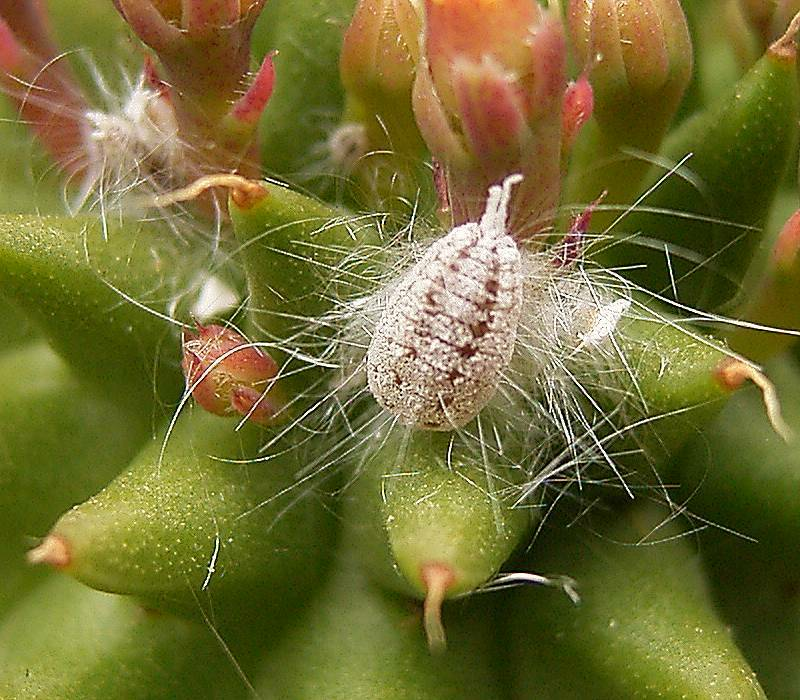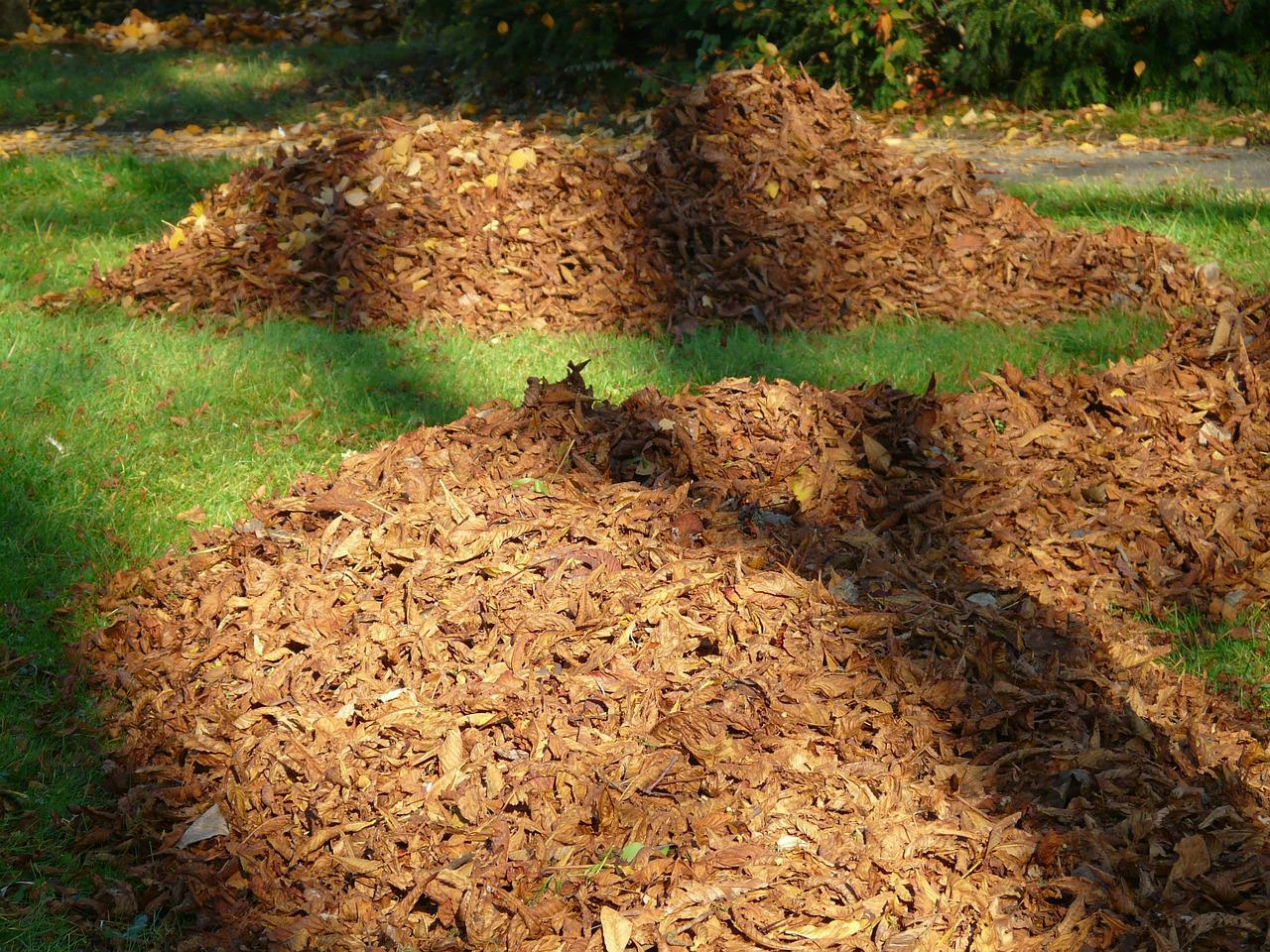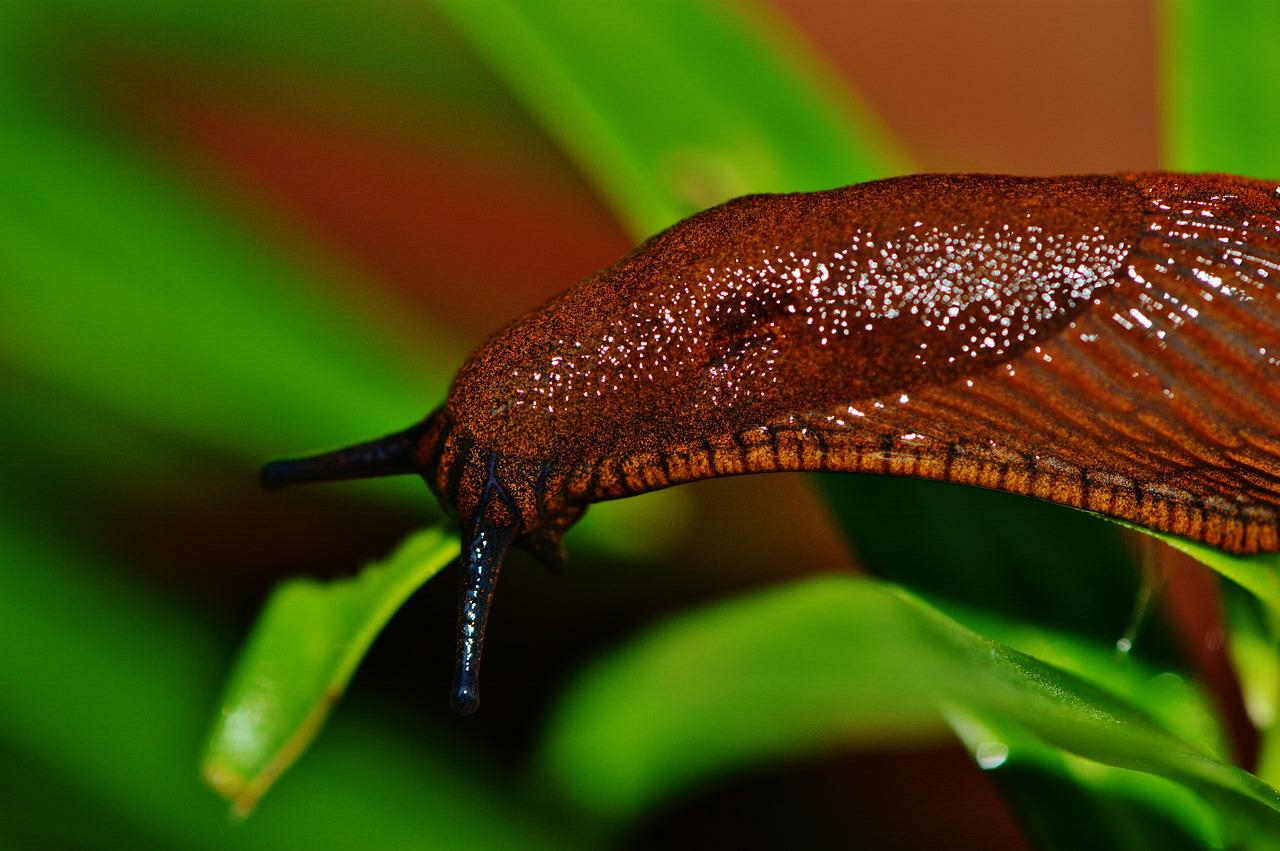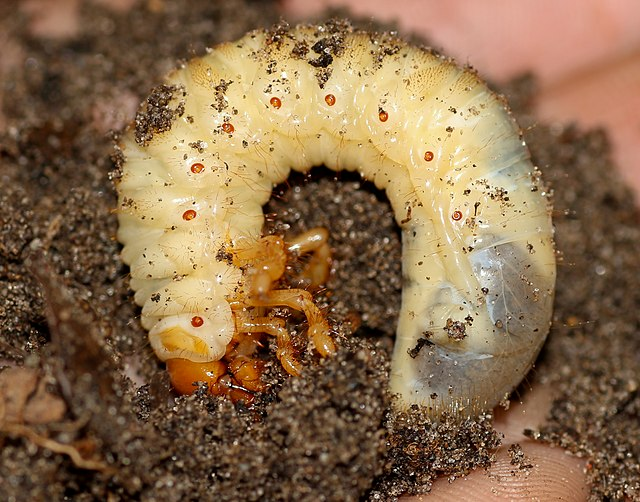Pests in the garden
What actually are "pests?"
Pests" are organisms (often insects, but also larger organisms) that reduce the economic success of humans. This can be through the destruction of crops, competition for food or the destruction of buildings. In the garden, we are primarily interested in "plant pests" that damage, reduce or even completely destroy our harvest.
However, it is important to mention that the term "pest" was coined by us humans. An aphid is therefore never "just" a pest, but also a co-inhabitant of our gardens. They also play important roles in the complex ecosystem that we humans are constantly fragmenting, changing and dividing up. So ants and snails not only damage our beds, they also ensure the decomposition of organic material and thus promote the fertility of our soil. In addition, many pests are an important link in the food chain of other organisms. In this way, a pest quickly becomes a "beneficial organism". Beneficial organisms usually help us to keep pests in check by displacing or preventing harmful organisms. In our article, you can find out how you can specifically use beneficial insects against pests. If we recognize and respect the network of nature, we create important and healthy habitats. It is important to get to know and understand our ecosystems before rushing into action. This is why we don't like to talk about "pest control" but rather "pest remedies".
Pest groups

Pests can be divided into different groups. On the one hand, there are insect pests. The most important ones include piercing-sucking plant lice (aphids, scale insects, mealybugs) as well as grubs, beetles or the caterpillars of some butterflies. There are also snails or larger animals such as moles or voles that can damage your beds.
Prevent pests by:

- Encourage beneficial insects (natural elements in the garden such as deadwood piles, rock piles, insect hotels, bird hedges, flower meadows for pollinators)
- Choose the right location (adapted to the respective plant, sufficient light, good aeration)
- Balanced fertilization (not too nitrogen-rich)
- Check newly purchased plants (seedlings, houseplants) for pests
Pest control / remedy by:
- Neem oil
- plant dips, plant broths (home-made)
- collecting (insects + snails)
- dusting with stone dust (insects, mites)
- rinsing with water (insects, mites)
- snail fence or wire mesh
What helps against whom?

You can find more detailed information on individual diseases or pests in our long article and in our library under "Diseases" or "Pests". We are currently working on expanding these categories so that you will soon have tips and tricks for almost every pest. Feel free to take a look!
Cindy Kuiphuis CC BY-SA 4.0

